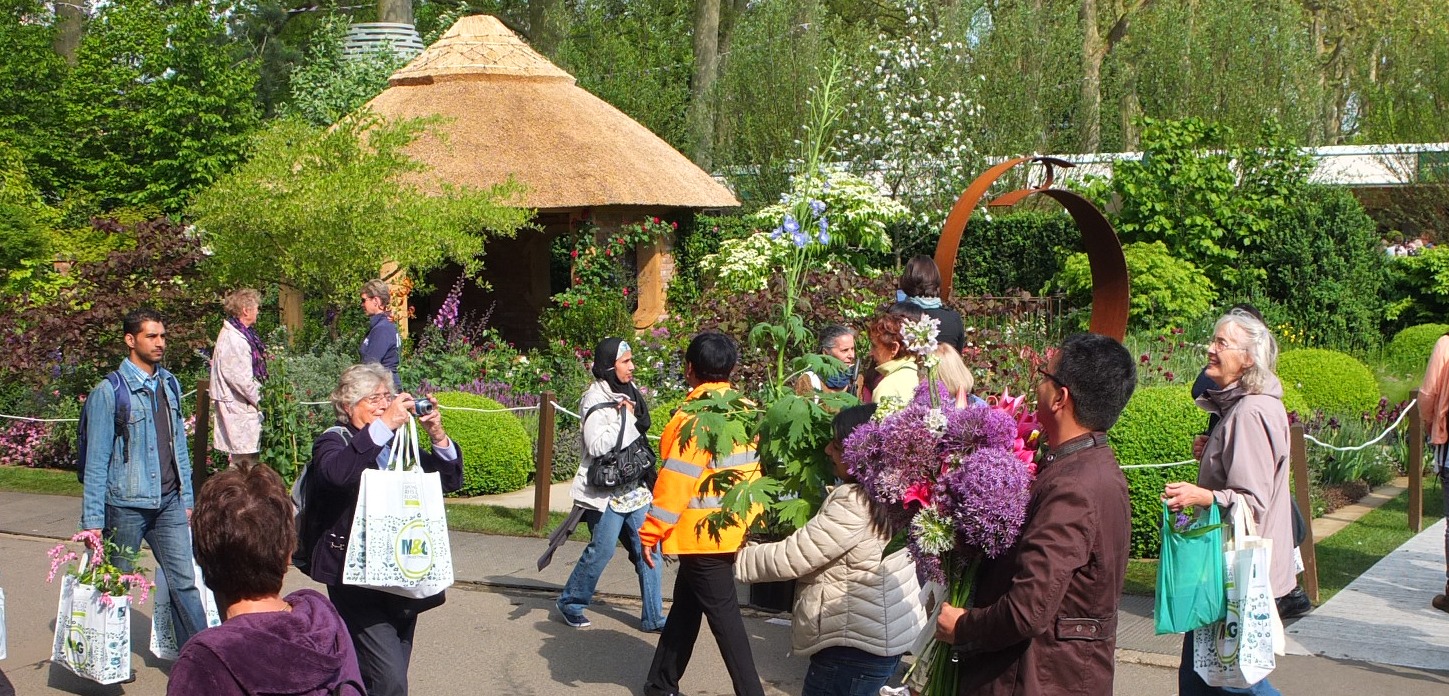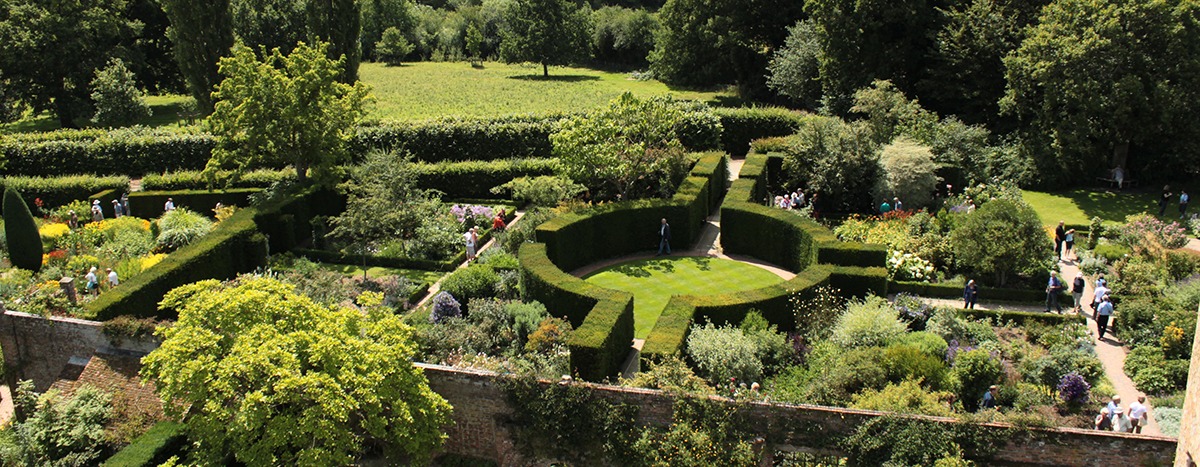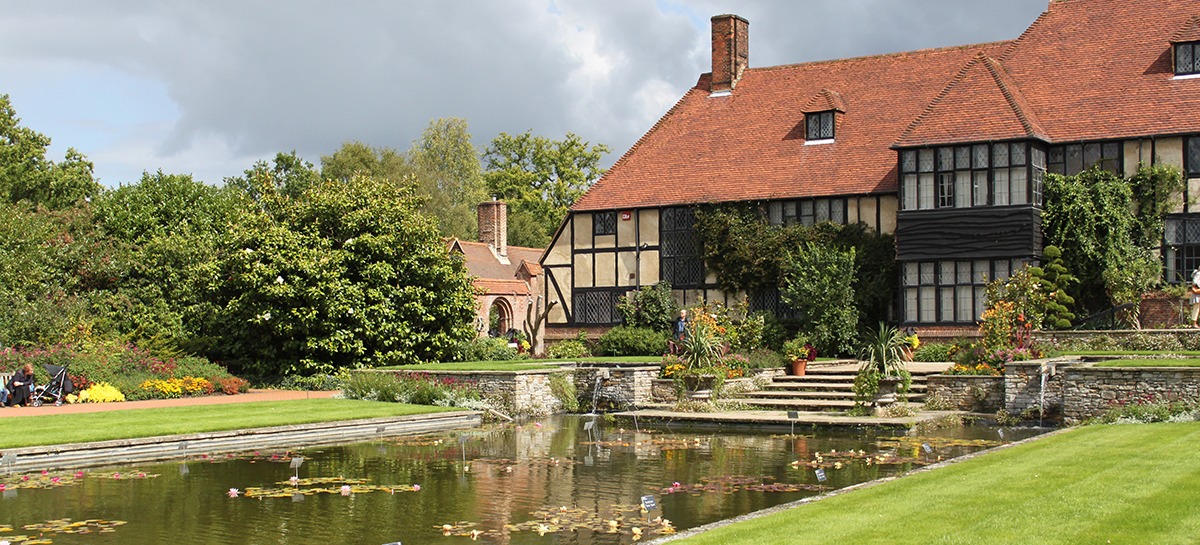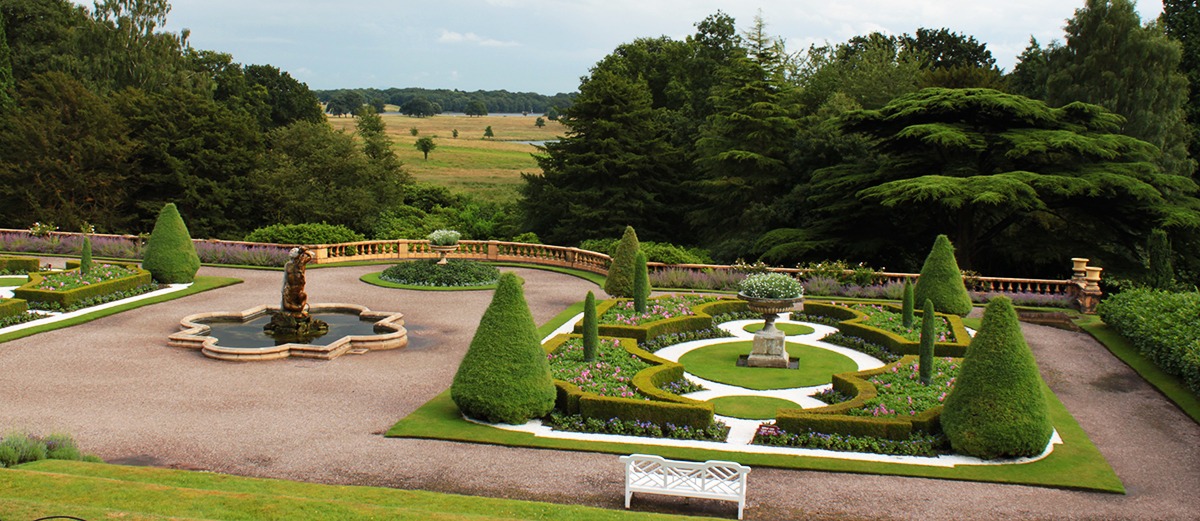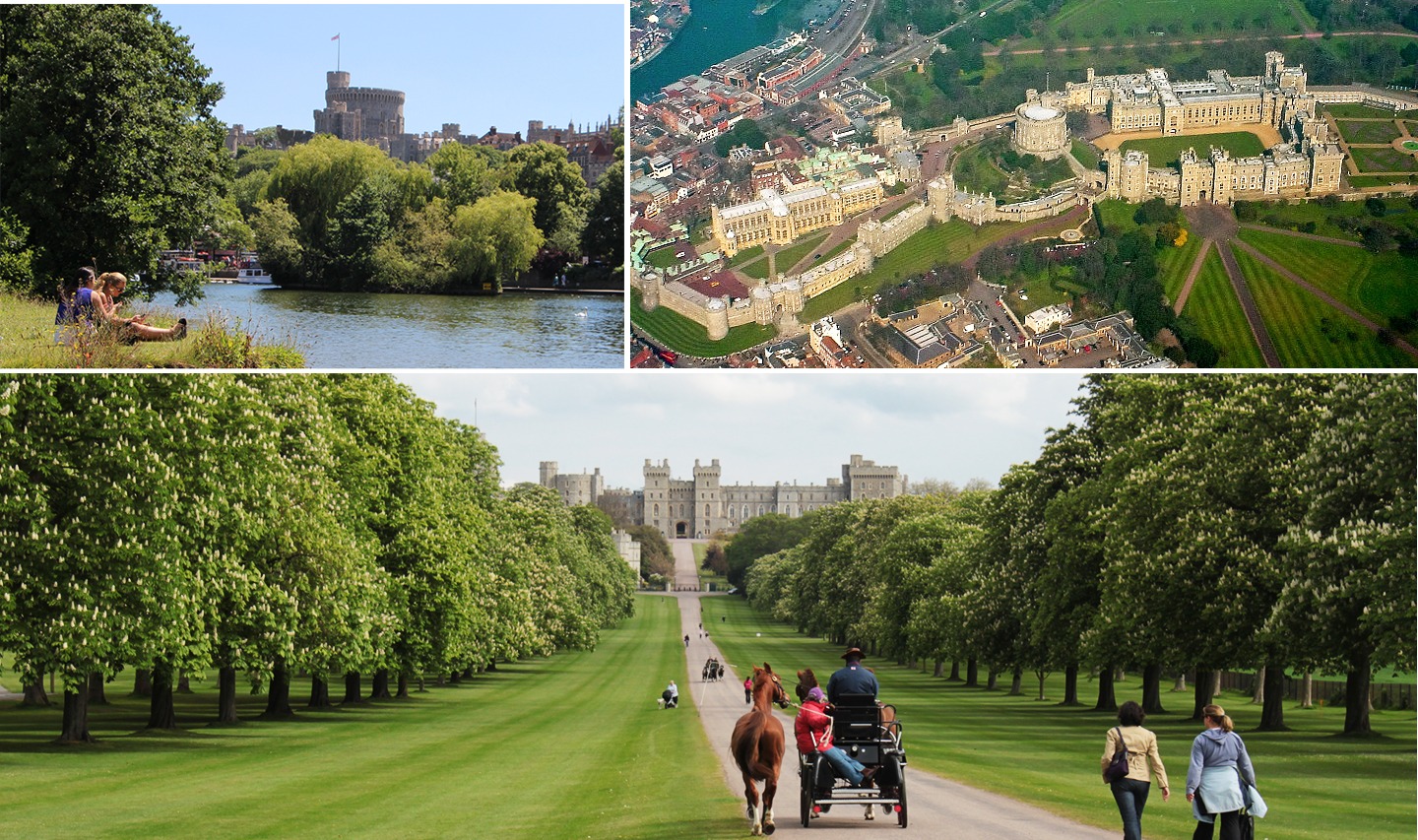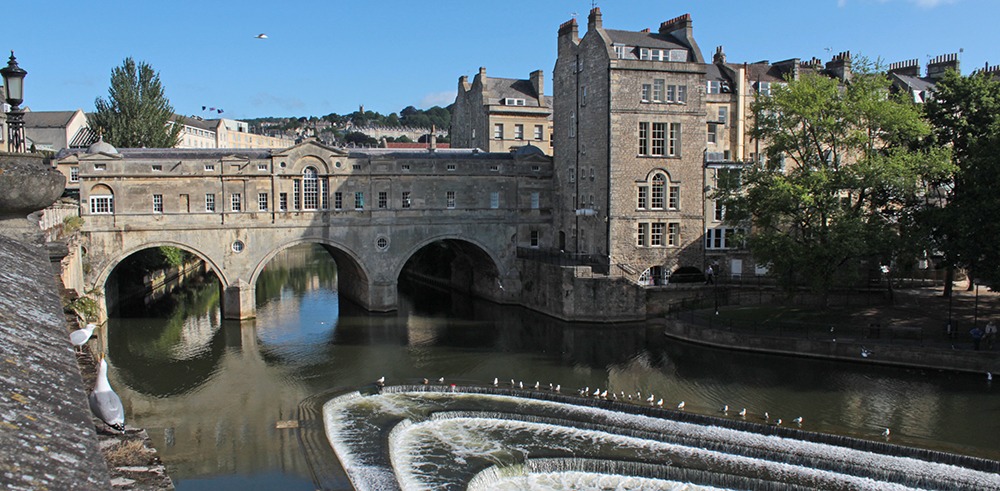England is rightly famed as ‘the garden country’ and it would be a pity, surely, to visit England without seeing some of its gardens. So we recommend a 3-day classic gardens tour which includes visits to Chelsea, Sissinghurst Castle Garden, the RHS Wisley Garden and Tatton Park.
Chelsea Flower Show garden tour
The three main reasons for visiting the Chelsea Flower Show:
- to see the show of flowers in the great tent
- to see the show gardens which surround the great tent
- garden-related shopping
The show is international. Flowers, products and garden designers come from around the world. So do the visitors. The demand for tickets is high and unless you buy a ticket long in advance of the show, or try your luck with ticket touts, there is little chance of getting in.
Sissinghurst Castle Garden Tour
Sissinghurst Castle Garden is, quite simply, the most famous garden in England. This is partly on account of its high design quality and partly because of the fame of its creators: Vita Sackville-West and Harold Nicholson.
Wisley RHS Garden Tour
RHS Wisley is the home garden Royal Horticultural Society. It has a fantastic collection of flowering plants in every category: herbaceous plants, Alpine plants, flowering shrubs, trees – everything.
Tatton Park Garden Tour
Tatton Park Garden is set in a vast park designed by Lancelot Capability Brown. The garden has a Red Book by Humphry Repton and was largely designed by Joseph Paxton (who also designed the Crystal Palace in London) and was planned to give views of the Brown lake and deer park.

